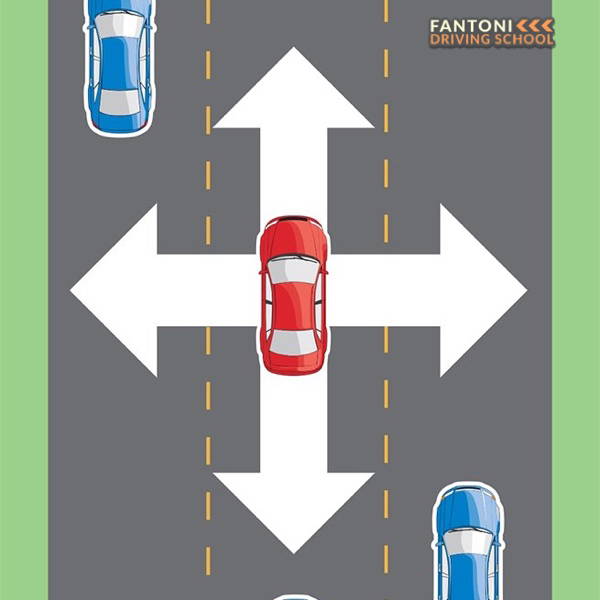Something that well help you on your path to a driving test pass is the consistent use of a systematic driving routine.
The MSPSL (Plus gears) routine is a standard driving routine used by many driving instructors.
It is also the standard routine used by the DVSA in many of their driving publications.
For those of you that might not know, the DVSA are an agency who act for the UK government. They are responsible for carrying out driving tests and setting the standards for driving examiners and instructors.
This driving routine will help you to prioritise which driving task should be carried out and when. The routine is:
-Mirrors.
The driving routine always starts with effective use of the driving mirrors. Which mirrors you check will depend on the manoeuvre that you are about to carry out.
You are checking the mirrors to see if the manoeuvre you are about to carry out is a safe one.
Check the mirrors in plenty of time. Checking the mirrors early should leave you plenty of time to assess the situation ahead.
-Signal.
Signal when necessary. Signal for any significant change of direction. It’s important to signal at the right time as to not mislead or confuse other road users.
-Position.
Position yourself for the manoeuvre that you are about to carry out as early and safety as possible. Where possible, position yourself before you adjust your speed. This will help to communicate your intentions without unduly affecting the speed and position of those around you.
-Speed
Adjust your speed as necessary. Your speed again will depend on the manoeuvre that you are about to carry out. However, it is very important to be at a safe speed for the situation. An example would be to be at 10 to 15 miles an hour for a left turn from a main road to a side road.
-Gear.
Once you have adjusted your speed, you will then need to choose the appropriate gear for that speed and situation. The timing of each gear change is crucial. Too early and this could lead to omitted mirror checks or signals. Too late and this could lead to a loss of control.
-Look.
With your car now well under control and in the correct gear, you should now look to assess the hazard. After a careful risk assessment of the situation, you should then be able to make an informed decision on whether to proceed.
An example would be, after having implemented the MSPSL routine, you will then be able to make a sound judgment on whether to proceed at a roundabout or not. Your decision will take into account the speed and position of other vehicles, as well as indicators.
Your Fantoni Driving School instructor will go through this routine with you on your next lesson if you aren’t sure about it. If you do not have a lesson booked already with us, now is the time to get in touch!

